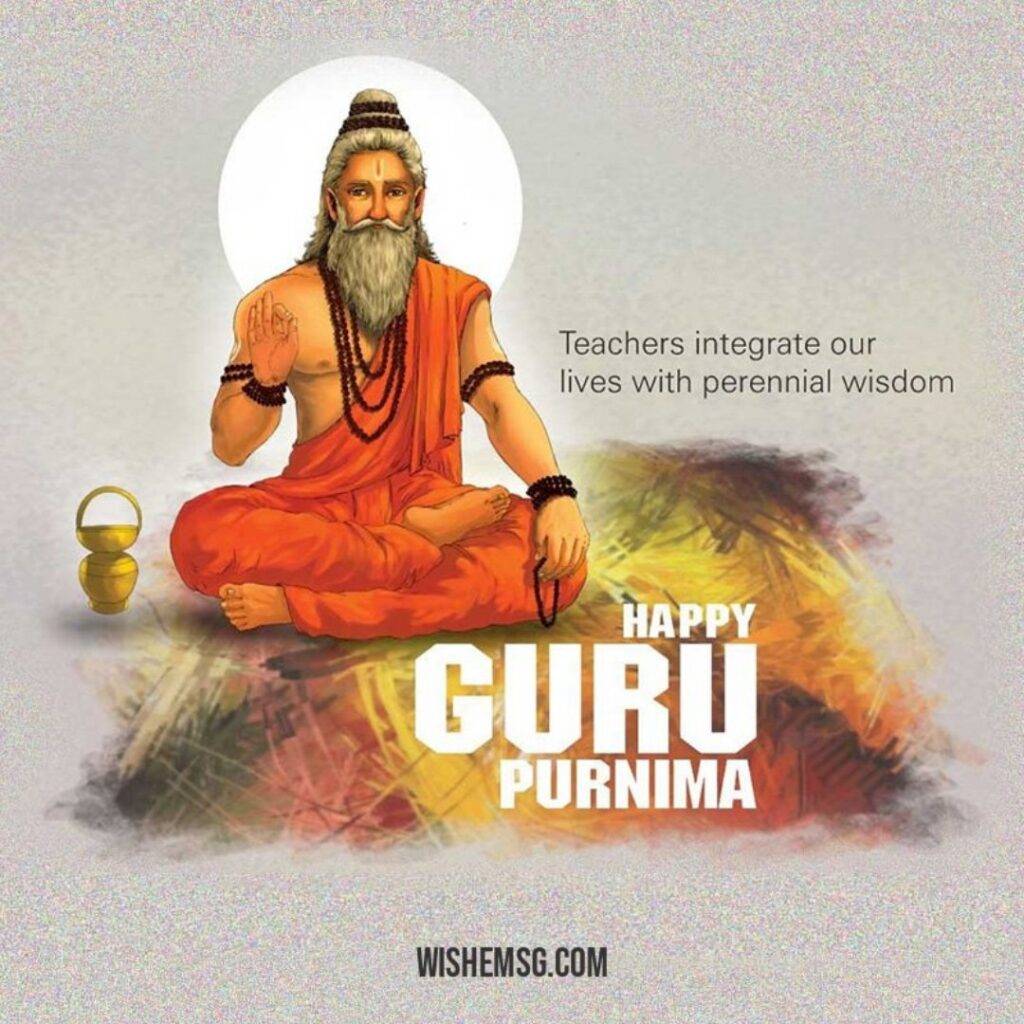Happy Hola Mohalla Wishes May happiness and blessings be in your life as we join together to remember the beloved guru Gobind singh ji. Happy Gurpurab.
Happy Hola Mohalla Wishes
Have goal and work towards its completion and success. Do not let any hardship, no adversity impact your goal. Happy Gurpurab.
May The Name of WaheGuru, be In Your Heart. May Guruji’s divine love and blessings be with you always. Happy Gurpurab.
May happiness and blessings be in your life as we join together to remember the beloved guru Gobind singh ji. Happy Gurpurab.
Hola, which originated from the word ‘halla’ means military charge. Mohalla, as explained by Mahan Kosh, the first Sikh encyclopaedia, means an organized parade. Therefore, the words Hola and Mohalla put together mean ‘the charge of an army’.
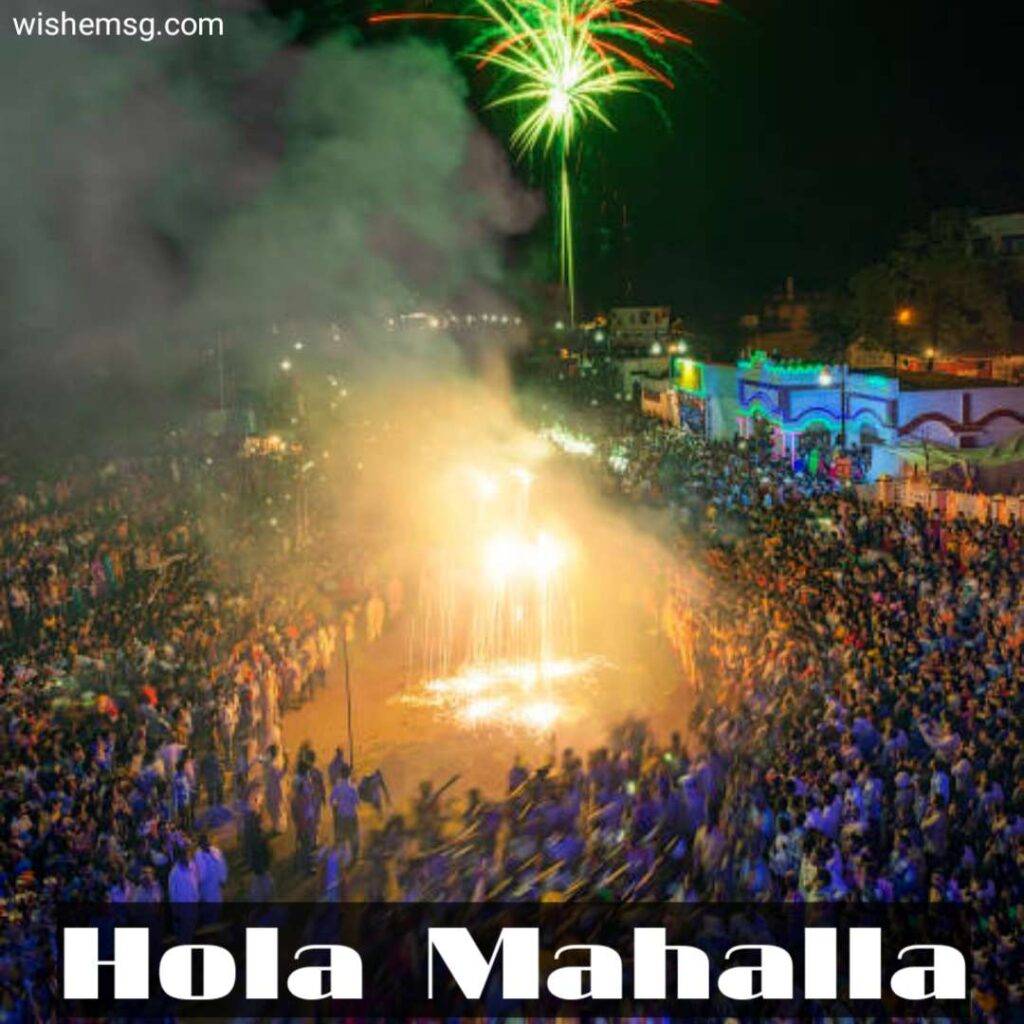
Hola Mohalla is the continuation of the spring festival of Holi. Sri Guru Gobind Singh Ji incorporated a martial attribute to the procedure of celebrating Holi to create Hola Mohalla, celebrated on the day after Holi. Guru Gobind Singh, the tenth Sikh Guru, developed the story of Prahlad to establish this festival. It is believed that Guru Gobind Singh formulated Hola Mohalla in 1680.
Holi gets this joyful name in the state of Punjab. The festival is celebrated in an entirely different manner, it’s meaning and significance also shifts a little here.
Hola Mohalla is actually an annual fair that is organised in a large scale at Anandpur Sahib in Punjab on the day following the festival of Holi. Practise of holding a fair of this kind was initiated by Guru Gobind Singh, the tenth Sikh guru. Purpose of the fair was to physically strengthen the Sikh community by holding military exercises and mock battles.
The festival is celebrated for three consecutive days, in which members of Sikh community display their physical strength by performing dare-devil acts like bareback horse-riding, standing erect on two speeding horses, Gatka (mock encounters), tent pegging etc. This is followed by music and poetry competition to lighten the charged up atmosphere.
A number of durbars are also held where Sri Guru Granth Sahib is present and kirtan and religious lectures take place. This helps strengthening the soul of community. On the last day a long procession, led by Panj Pyaras, starts from Takth Keshgarh Sahib, one of the five Sikh religious seats, and passes through various important gurdwaras like Qila Anandgarh, Lohgarh Sahib, Mata Jitoji and terminates at the Takth.
Gurbani Quotes on Holi
The festival commences with early morning prayers. The Guru Granth Sahib Ji, the last and the only Guru that the Sikhs worship now, is given a holy bath with milk and water before keeping it at the podium and reading it.
Akhand Path, a continuous reading of Guru Granth Sahib Ji, takes place. It is an uninterrupted affair with people usually taking turns to complete the reading.
A number of celebrations take place simultaneously. The festival is also celebrated in other parts of India and around the world where there are proper Sikh communities. They gather, serving and enjoying delicious food, listening to Guru’s sermons and reciting the lives of all the Sikh Gurus. While there is community langar being served for everyone at one place, there are a number of stalls serving food to the visitors. Karha prasad is also served.
People from nearby villages donate raw materials like flour, sugar, wheat, etc. for preparation of the food.
All these services are provided by people free of any cost, of their own accord, as volunteers. People from all faiths and religions are welcome to do Seva, and the doors to the Gurdwara are open to everyone.
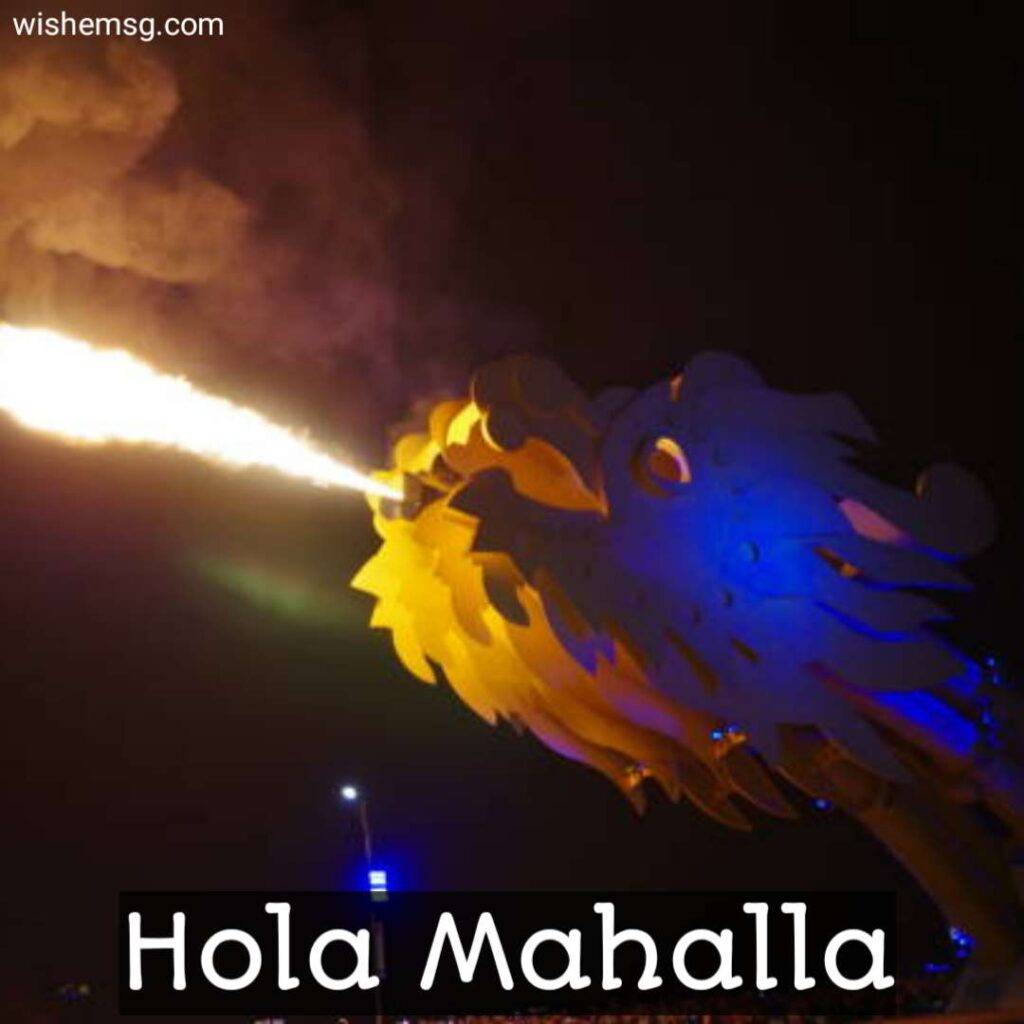
The martial arts exhibited by the Nihangs provide a picture of their skills and traditions to the visitors as well as the tourist.
A day after the entire nation celebrates Holi, Hola Mohalla is one of the festivals celebrated in Punjab in Anandpur Sahib and Kiratpur Sahib. Commemorating the day when Khalsa Panth was incepted by Guru Govind Singh. All the Gurdwaras are decorated, kirtan, path, and langar are arranged. The entire region gets soaked in the spiritual vibes and spends the festival remembering and reliving the art, acts, and philosophies of life as taught by the great Sikh Gurus.
Significance: The festival was founded by Guru Govind Singh and celebrates the chivalry and intellectual proficiency that is reflected by Khalsa Panth and the poetry composed by the Sikh poets.
Key attractions: Kirtan, religious programs, path and langar at the Gurdwaras; Gatka or the marshal art of Punjab, horse riding by Nihangs and cultural activities.
When: A day after Holi, the second day of the month of Chaitra, which falls on the month of March as per the Gregorian calendar.
2023 Happy Holi gurbani Wishes
Because of its great historical, socio-religious and military significance, the Hola Mahalla festival can impressively contribute to a greater awareness of Sikh heritage as well as foster sustainable development of community tourism.
Anandpur Sahib can be developed as a tourist destination not to please a particular community but to develop it as a center of India’s rich socio-cultural heritage devoted exclusively to the appreciation of physical abilities of a martial people. It will naturally sustain national and international tourism.
A culturally conscious policy to develop Hola Mahalla as a tourist event should be formed by the State to focus on promoting cultural heritage while providing greater economic benefits to a larger section of the local population. The policy suggested can bring equitable economic benefits, increased community participation, all round development of the area and above all, the preservation of India’s cultural heritage.
An enlightened person has no identification. Their values are universal and in tune with the timeless state of existence. This timeless state of existence can be given any name like Akal Purukh, God, Raam, Rahim, Hari, Parmaatma etc. But these names point to the same ultimate truth. It is useless to worship any name unless it becomes your own experience.
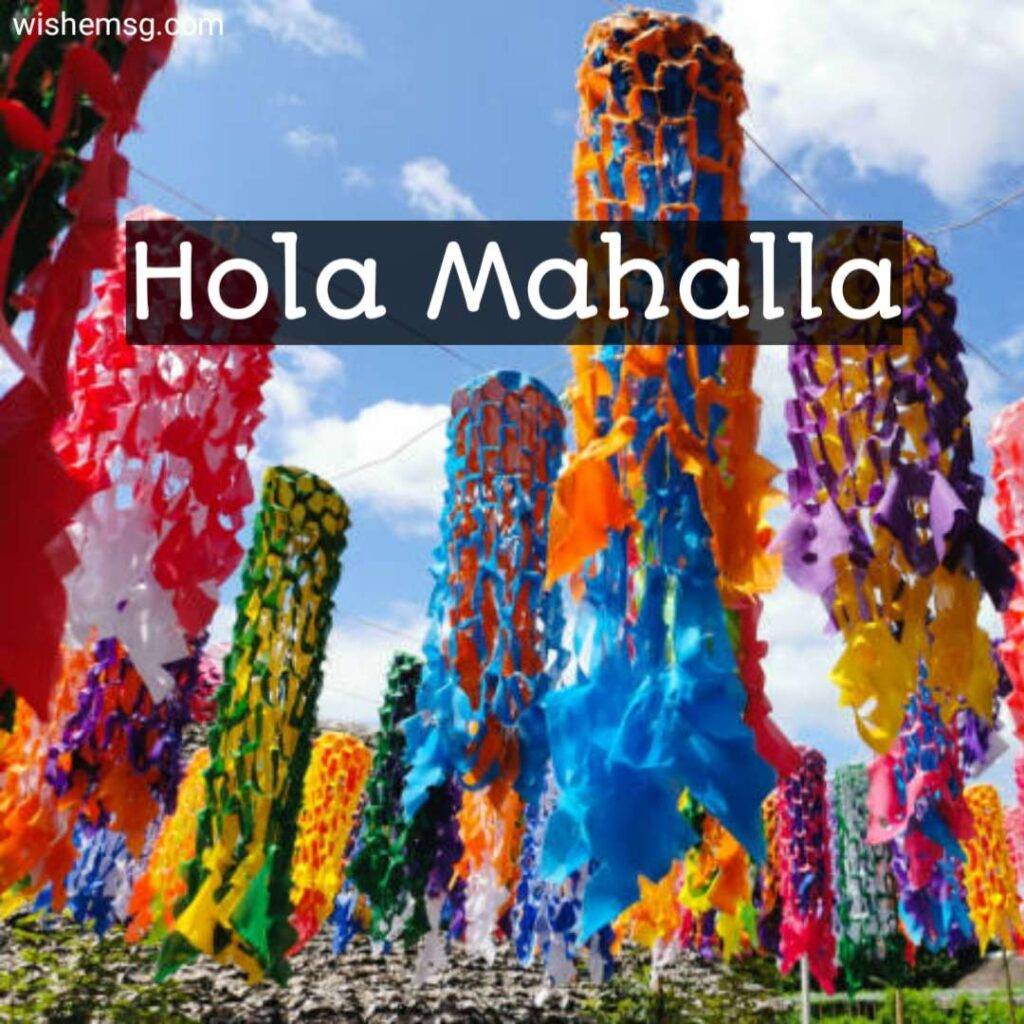
Unlike Holi, people don’t play with colours to celebrate Hola Mohalla. Instead, Nihang Jatthas, or Warrior Groups of Sikhs, come here to display their amazing and impressive martial arts skills. The martial arts skills are portrayed by various individuals and groups of people throughout the procession. In the evening, the main attractions happen in an open ground with thousands of spectators. Mock duels and fights take place.
That’s when the ground shifts to Planet Testosterone. Hola Mohalla is machismo on overdrive. Even the dust soon appears redolent of traditions of martyrdom and honour. Loudspeakers recall Sikh history. The martial mien is everywhere. There aren’t too many women, I notice, even in the audience.
The animals appear to sense the testosterone too. Tetchy looking horses keep snorting and eyeballing my camera ominously , as do some of their masters. I’m left impressed again — even the beasts appear warlike though bhang mixed with animal feed, I’m later told, might probably be the reason.
But all is not about martial valour alone. Equality and service to fellow men are important credos in Sikh tradition. Walking around Anandpur at night offers ample evidence.
At one of the many camps, Karnal Singh, farmer and volunteer, sword dangling by his side, is stirring something in a dek big enough to boil a couple of Mughal foot soldiers. Dal for tomorrow’s langar, he tells me, to be served with rotis and a subzi or two. Langars, communal kitchens integral to all gurudwaras and Sikh festivals, are the principal means of feeding pilgrims.
2023 Happy Holi gurbani Messages
Over 20 lakh people come to Anandpur Sahib for Hola Mohalla, says the manager at the main shrine, the Takht Sri Keshgarh Sahib. Preparing for them is quite a task. The Punjab government makes special arrangements to cope with the rush. Many pilgrims appear to cope by themselves.
Billeted in large tents everywhere, asleep inside and underneath vehicles, and in makeshift trailers attached to tractors, most appear intent on worship at the gurudwaras. And in attending the many melas that have sprung up everywhere.
They perform daring feats, such as Gatka (mock encounters), tent pegging, bareback horse riding and standing erect on two speeding horses. The festival takes place in the city of Ananadpur Sahib in Rupnagar (Ropar), it usually stretches out to a week as everyone loves to camp out and fully immerse themselves in the palpable energy.
It’s a festival celebrated by many (mostly men) but the day belongs to the Nihangs. On the day after Holi, the Nihangs unerringly return to the fields of Gurudwara Holgarh Sahib for the festivities to happen. They perform mock battles, dancing menacingly with their swords and standing astride two running horses, while throwing colors at the audience.
The celebration is held in the city of Anandpur Sahib which literally means ‘a place of bliss’. This is the place where the tenth Sikh guru, Guru Gobind Singh Ji, founded the Khalsa Panth, and where one of the five principal takhts of the Sikh faith lies.
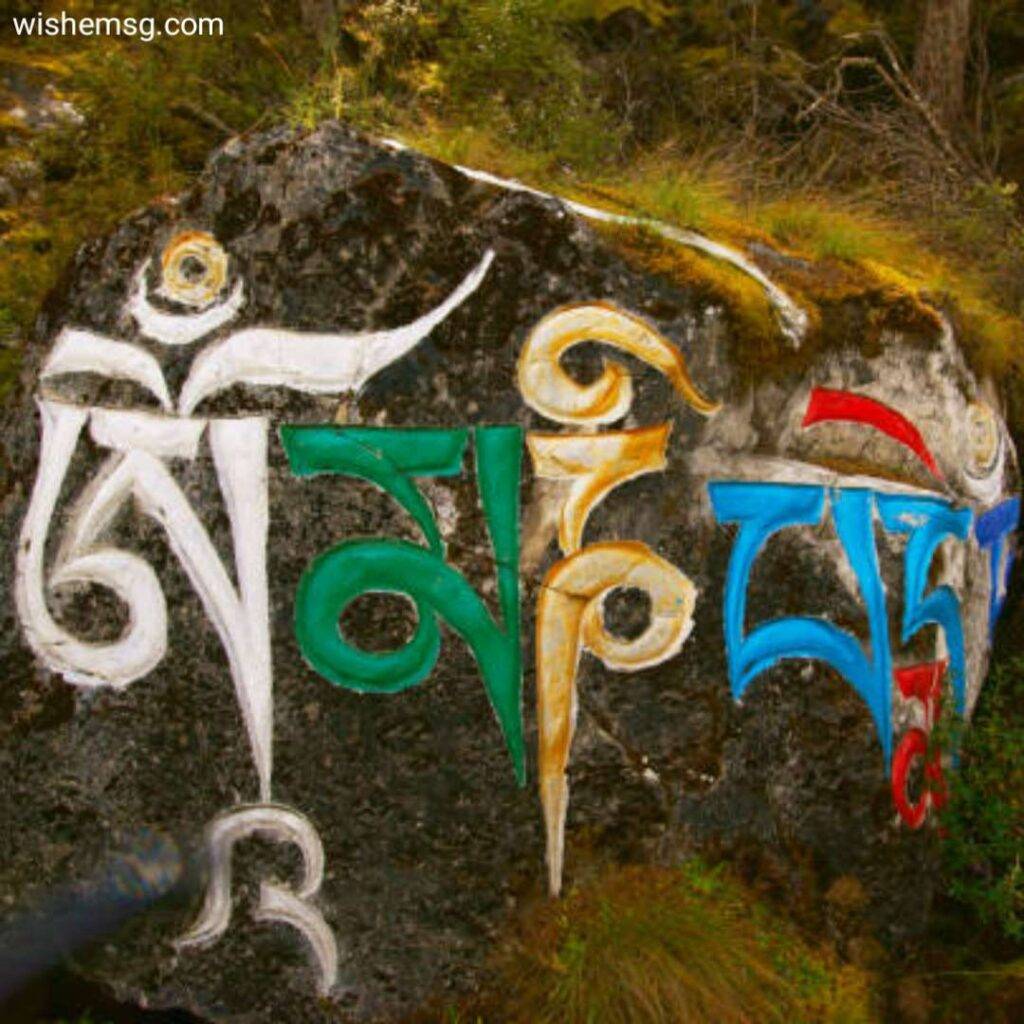
Anand @ The Satluj: It is a luxury accommodation with farm stay. They offer luxury tented cottages, furnished with comfy four poster beds and serve organic and fresh food from the farm.
Kisan Haveli: A few minutes drive away from the city, this hotel offers spacious rooms and gorgeous views of the city ringed by Shivalik hills.
Rail: Anandpur Sahib railway station offers connections to the rest of the country. Una Jan Shatabdi Express and Himachal Express connect the city to New Delhi and Gurmukhi SF Express connects it to Kolkata and Amritsar.
Hola Mohalla Pictures
Road: It is 85km away from Chandigarh and the driving time is around 2hrs on the smooth highway. It takes about 4hrs to cover the 185km distance from Amritsar.
The event concludes on the day of Hola Mohalla (third day of the festival) with a long, military-style procession (Nihang warriors followed by hundreds of Sikh pilgrims) near Takht Sri Keshgarh Sahib, one of the five seats of temporal authority of the Sikhs. Meals are organized by the Sikh institution (Gurdwara) and sometimes villagers in the area – the visitors sit together in Pangats (Queues) and eat vegetarian food of the Langars.
For people visiting Anandpur Sahib, langars (voluntary community kitchens) are organized by the local people as a part of sewa (community service). Raw materials like wheat flour, rice, vegetables, milk and sugar is provided by the villagers living nearby. Women volunteer to cook and others take part in cleaning the utensils. Traditional cuisine is served to the pilgrims who eat while sitting in rows on the ground.
At this time, the use of weapons such as arrows or cannons was forbidden as the Guru’s armies were on both sides. Eventually the saffron-clad army succeeded in capturing Holgarh. The Gur Gobind Singh was overjoyed to see this mock attack of the Sikhs, and a large-scale halva prasad was prepared, fed and celebrated. From that day till today, Hola Mohalla of Sri Anandpur Sahib has a distinct identity all over the world.
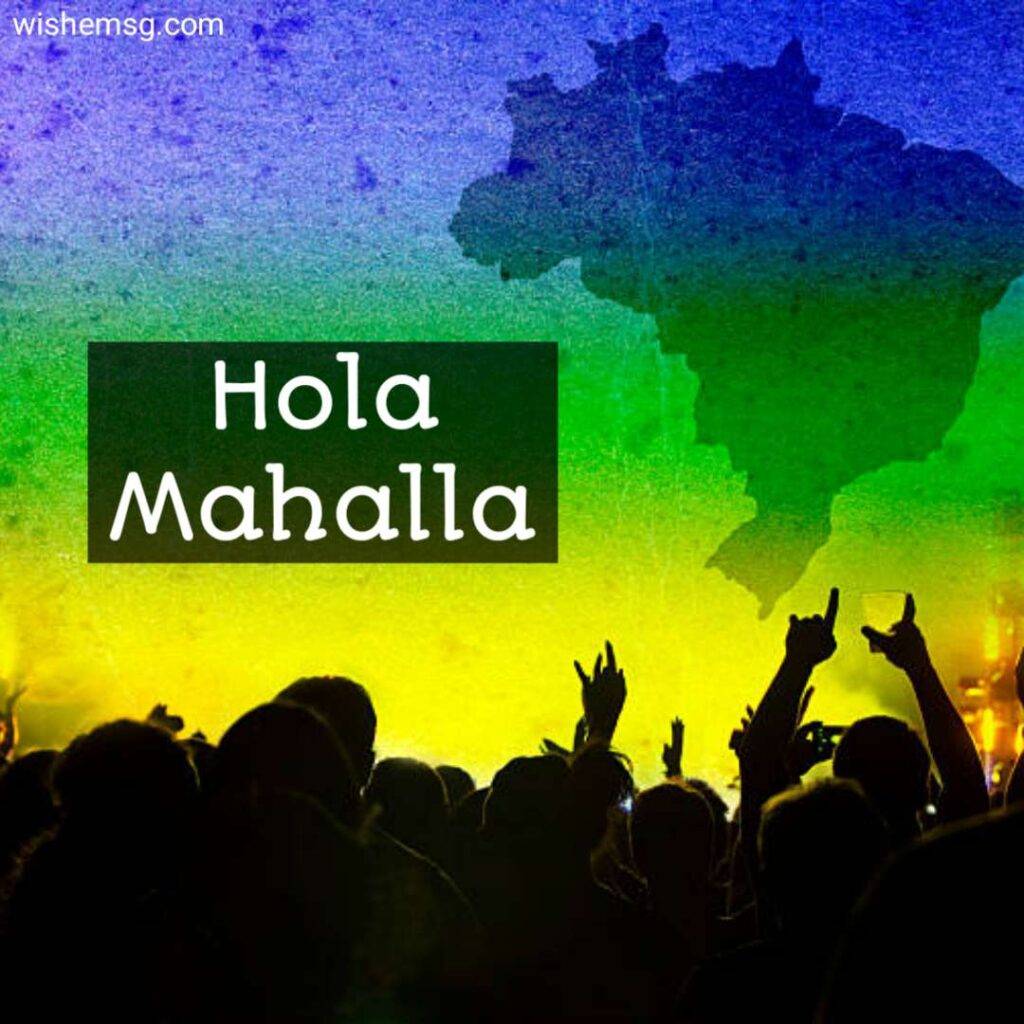
Even today at Takht Sri Kesgarh Sahib, Panj Pyare Sahiban visited Mohalla at Fort Anandgarh Sahib. There, Nihang Singh, armed, riding on elephants and horses, throws roses at each other, all feet reach the Ganga plain.
The festivities of Hola Mohalla begin by visiting the gurudwaras for early morning prayers. Durbars are held and the Guru Granth Sahib is read. Kirtans and religious lectures are carried out and after the religious ceremonies are over, the ‘prasad’ is distributed among the people.
The evening is filled with a lot of anticipation and thrill, as martial members of the Sikh community (Nihang Sikhs) display their physical strength through daring acts like mock-battles (Gatka), sword-fighting displays, archery and exercising on speeding horses.
History of Hola Mohalla
They also splatter colours on the audience. This is followed by cultural activities including music, dance and poetry programs and competitions to unwind the charged up atmosphere. A procession is set out on the last day, and the Panj Pyaras walk in front crossing all the major gurudwaras in that area. Hola Mohalla is the time to celebrate and dedicate oneself into community service. ‘Langars’ are organised, and local people come forward to help by arranging the raw materials for the langar, cleaning the gurudwaras, and washing the dishes.
Hola Mohalla is an opportunity for Sikhs to demonstrate their martial prowess in mock battles. This was likely done to prevent a bloodier battle against the imperial power and to focus people’s energy towards more productive endeavours.
Throughout the week, the local government and police are only bystanders directing traffic and arranging logistics, demonstrating Sikh sovereignty. An older popular video depicting a Nihung Youth on horseback dismantling barriers aptly captures this mood.
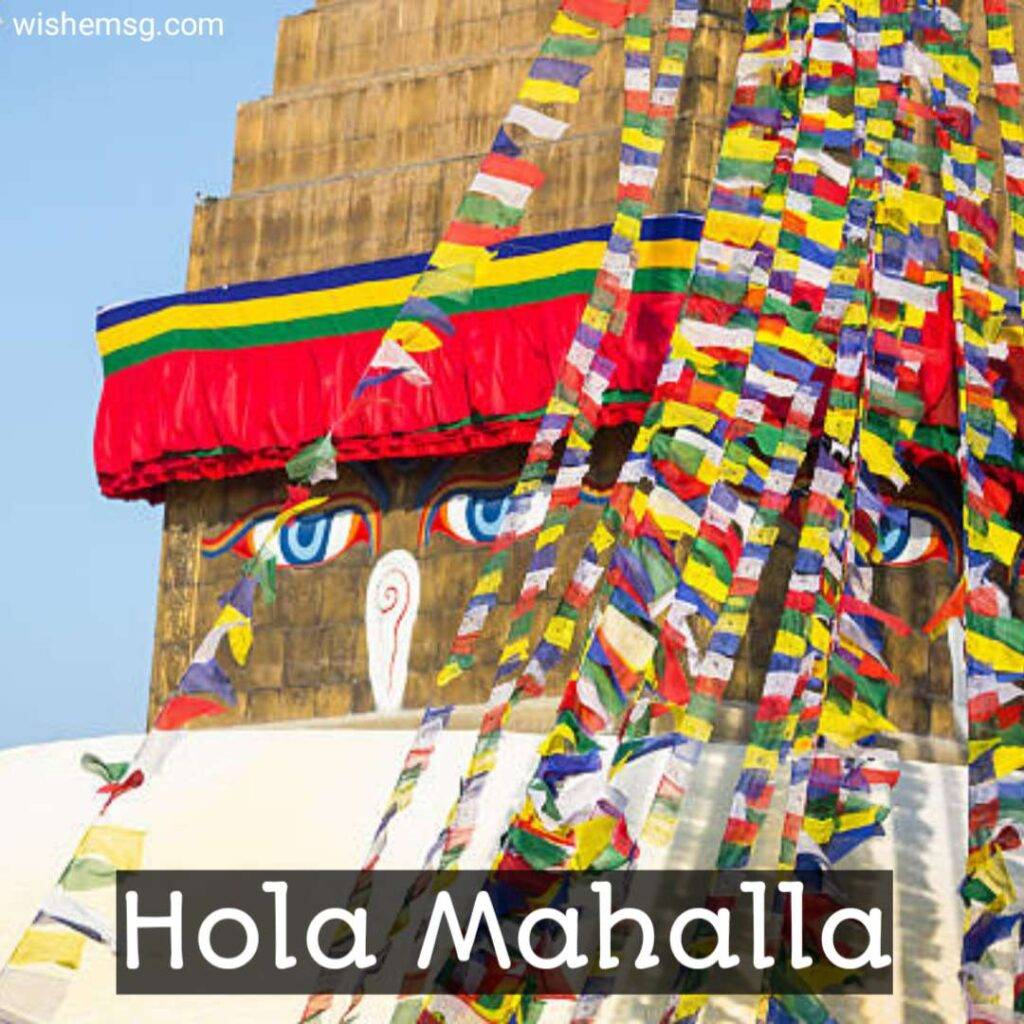
There is no doubting the significance of the traditional arts practised at Hola Mohalla, regardless how much we question the role and appropriateness of modern weaponry such as firearms (including “Chardikala Bad Boy Crossbows”) in Sikh places, or the Nihung Baana (outfit). Their traditions and way of life give them both mental and physical power, making them relevant in modern times and likely to remain so in the future.
Young Nihungs are trained on how to use available weapons effectively in combat. It may be a Kirpaan (sword), a Soti (stick), or even a flexible PVC pipe; if you know how to use it, you will live and be able to defend yourself and others. They do not question the instrument’s historical roots. Astar is something that can be thrown towards a target. If it is portable, it is a Shastar. If either of these is accessible to a Nihung, they are a formidable opponent regardless of their age.
Physical fitness is emphasised. It is essential to have a clean Dumalla (turban) on your head at all times. As essential is caring for your horses. Little children bathing and cleaning their horses while playing with and feeding them is a beautiful sight.
If you have ever ridden a horse on a trail, you know that after an hour the body hurts. It is incredible to watch Nihung teenagers riding their horses with nothing but a big blanket covering the animal’s back and their naked feet locked into the stirrups. Their lifestyle discipline at such a young age is not motivated by respect for their elders. It stems from their Gurbani study and practice.
The military training occurred on the bed of the Charan Ganga River and was personally overseen by the Guru. In this small town found on the Punjab-Himachal Pradesh frontier, people from all over the world gather in large numbers to witness the yearly event that stars martial games and sports that used to be traditionally performed by the Sikhs during their long war against the Mughals.
Known colloquially as Akalis, Nihngas or Nihang Singhs, they are affectionately dubbed as the Knights of the Guru. A remarkable and colourful parade takes place in which the Nihangs, in their conventional panoply, form the vanguard while exhibiting their mastery in weaponry, horsemanship, tent-pegging and other war-like sports. The most spectacular event in the Hola Mohalla is the majestic procession of the Nihangs on horses and elephants, and foot, carrying a range of traditional and modern weapons and displaying their capabilities to use them.
It is a yearly fair where Nihangs, renowned for their courageous acts dating back to the days of Ranjit Singh, demonstrate their martial arts skills in a distinctive yet traditional style.
May your life always be filled with the colors of joy and happiness. Happy Holi!
I wish this Holi brings to your life, the vibrant colors that you use on this happy occasion. Happy Holi to you.
May god gift you all the colors of life, colors of joy, colors of happiness, colors of friendship, colors of love and all other colors you want to paint in your life. Happy Holi.

